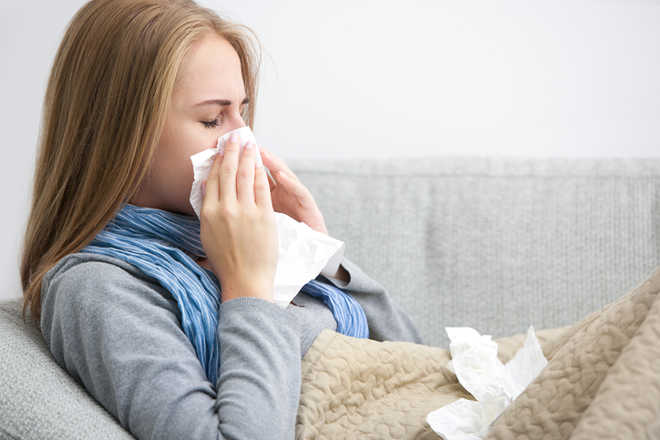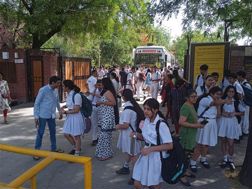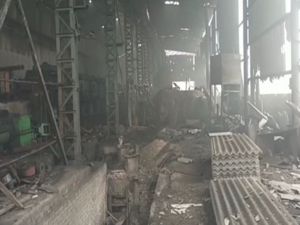
Photo for representation only. iStock
New York, February 10
Continuous low doses of far ultraviolet C (far-UVC) light can kill airborne flu viruses without harming human tissues and may help fight the spread of seasonal influenza, a study has found.
The findings suggest that use of overhead far-UVC light in hospitals, schools, airports and other public spaces could provide a powerful check on seasonal influenza epidemics, as well as influenza pandemics.
Scientists have known for decades that broad-spectrum UVC light, which has a wavelength of between 200 to 400 nanometres, or nm), is highly effective in killing bacteria and viruses by destroying the molecular bonds that hold their DNA together.
“Far-UVC light has a very limited range and cannot penetrate through the outer dead-cell layer of human skin or the tear layer in the eye, so it’s not a human health hazard,” said David J Brenner from the Columbia University Medical Centre in the US.
“But because viruses and bacteria are much smaller than human cells, far-UVC light can reach their DNA and kill them,” Brenner said.
Influenza virus spreads from person to person mainly through fine liquid droplets, or aerosols, that become airborne when people with flu cough, sneeze or talk.
The new study, published in the journal Scientific Reports, was designed to test if far-UVC light could efficiently kill aerosolized influenza virus in the air, in a setting similar to a public space.
In the research, aerosolized H1N1 virus--a common strain of flu virus--was released into a test chamber and exposed to very low doses of 222 nm far-UVC light.
A control group of aerosolized virus was not exposed to the UVC light. The far-UVC light efficiently inactivated the flu viruses, with about the same efficiency as conventional germicidal UV light.
“If our results are confirmed in other settings, it follows that the use of overhead low-level far-UVC light in public locations would be a safe and efficient method for limiting the transmission and spread of airborne-mediated microbial diseases, such as influenza and tuberculosis,” said Brenner.
“And unlike flu vaccines, far-UVC is likely to be effective against all airborne microbes, even newly emerging strains,” he said. PTI


























